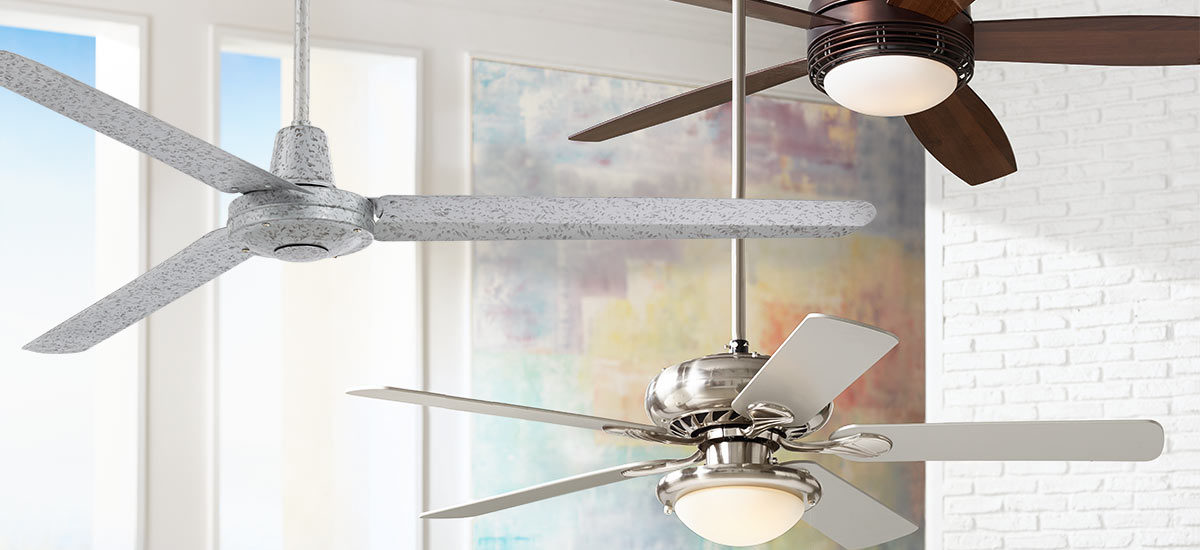

Articles
How To Buy Ceiling Fan
Modified: January 19, 2024
Looking for articles on how to buy a ceiling fan? Our informative guides will help you choose the perfect ceiling fan for your space.
(Many of the links in this article redirect to a specific reviewed product. Your purchase of these products through affiliate links helps to generate commission for Storables.com, at no extra cost. Learn more)
Introduction
A ceiling fan is an essential addition to any home or office, providing both style and functionality. It helps circulate air, keeping you cool in the summer and warm in the winter. However, with so many options available on the market, it can be overwhelming to choose the right ceiling fan for your space. This article will guide you through the factors to consider before making your purchase, helping you find the perfect ceiling fan that not only complements your décor but also meets your cooling needs.
When buying a ceiling fan, it’s important to take into account various factors such as size, blade material, motor quality, energy efficiency, noise levels, control options, and more. By carefully considering these factors, you can ensure that you make an informed decision and select a ceiling fan that will stand the test of time.
In this article, we will explore these factors in detail, providing you with the knowledge you need to buy the right ceiling fan for your space and lifestyle. Whether you’re looking to install a ceiling fan in your living room, bedroom, kitchen, or office, this guide will assist you in making a wise investment.
So, if you’re ready, let’s dive into the world of ceiling fans and discover how to make an educated choice that will keep you cool and comfortable throughout the year.
Key Takeaways:
- Choose the right ceiling fan by considering room size, blade material, motor quality, and additional features. Prioritize energy efficiency, quiet operation, and reputable brands for optimal cooling and style.
- Evaluate control options, noise levels, and popular brands when selecting a ceiling fan. Make an informed decision to enhance comfort, convenience, and overall ambiance in your living space.
Read more: Where To Buy Ceiling Fans
Factors to Consider Before Buying a Ceiling Fan
Choosing the right ceiling fan for your space involves more than just picking one that matches your decor. It’s important to consider several factors to ensure that you make the best decision. Here are some key factors to keep in mind:
- Room Size: The size of your room will determine the size of the ceiling fan you need. For smaller rooms, a fan with a blade span of 42 to 48 inches should suffice, while larger rooms may require a fan with a blade span of 52 inches or more.
- Blade Material and Design: Ceiling fan blades can be made of various materials, including wood, metal, and plastic. Each material has its own benefits and aesthetic appeal. Additionally, you will want to consider blade design, as it can affect the airflow and noise level of the fan.
- Number of Fan Blades: While the number of fan blades doesn’t directly impact the performance of the fan, it can affect the style and airflow. Fans typically have three to five blades, with four being the most common.
- Motor Quality and Performance: The motor is the heart of the ceiling fan, so it’s crucial to choose one with a high-quality motor. Look for fans with motors that are energy efficient, durable, and capable of providing optimal airflow.
- Additional Features and Functionalities: Some ceiling fans come with additional features such as remote controls, adjustable speeds, reversible airflow, and built-in lighting. Consider which features are important to you and will enhance your overall fan experience.
- Energy Efficiency and Cost Savings: Opt for an energy-efficient ceiling fan that is ENERGY STAR® certified. These fans consume less energy, which can help reduce your electricity bills while being environmentally friendly.
- Noise Levels and Quiet Operation: Nobody wants a ceiling fan that creates a lot of noise. Look for fans that operate quietly, especially if you plan to install one in your bedroom or living room where a peaceful atmosphere is essential.
- Control Options: Consider how you want to control your ceiling fan. Options include pull chains, wall controls, remote controls, and even smart home integration. Choose a control option that is convenient and easy to use for you and your family.
- Popular Ceiling Fan Brands: Research different brands and read customer reviews to get an idea of their reputation and reliability. Popular ceiling fan brands known for their quality and performance include Hunter, Emerson, and Minka Aire.
By carefully considering these factors, you can select a ceiling fan that meets your needs, enhances your space, and provides efficient cooling and ventilation. So, take your time, do your research, and make an informed decision before investing in a ceiling fan.
Choosing the Right Size for Your Space
One of the most important factors to consider when buying a ceiling fan is the size of your space. The size of the fan you choose will directly impact its functionality and performance. Here are some tips to help you select the right size ceiling fan for your room:
- Measure the Room: Start by measuring the dimensions of your room, including the length and width. This will give you an idea of the square footage of the space, which will help determine the appropriate fan size.
- Consider the Ceiling Height: Ceiling height is also a crucial factor to consider. For ceilings that are lower than 8 feet, a low-profile flush mount fan is recommended to ensure sufficient clearance. For higher ceilings, you can choose a fan with an extended downrod for proper air circulation.
- Match Fan Size to Room Size: As a general guideline, rooms that are up to 75 square feet in size require a fan with a blade span of 36 inches or less. For rooms between 75 to 144 square feet, a fan with a blade span of 36 to 48 inches is suitable. Larger rooms, between 144 to 225 square feet, can accommodate fans with blade spans of 52 inches or more.
- Consider Multiple Fans for Larger Spaces: In larger rooms or open-concept living areas, you may need to install multiple fans to ensure proper air circulation. It’s important to space the fans evenly throughout the space for optimal cooling.
- Avoid Oversized or Undersized Fans: Choosing a fan that is too small for your space will result in inadequate airflow, while selecting a fan that is too large can create excessive air movement and discomfort. Finding the right balance is key.
- Consider Room Functionality: The function of the room can also influence the size of the ceiling fan you choose. For example, in bedrooms where a quiet and peaceful atmosphere is desired, a smaller fan with fewer blades may be preferable.
- Take Aesthetic Considerations into Account: While functionality is important, you’ll also want to consider the overall look and style of the fan. Make sure the fan complements the decor of the room and adds to its aesthetic appeal.
Taking the time to choose the right size ceiling fan for your space guarantees optimal airflow, efficient cooling, and enhanced comfort. Remember to consider the square footage, ceiling height, and room functionality when making your decision. By finding the perfect balance between functionality and style, you’ll have a ceiling fan that not only cools your space but also enhances its overall appeal.
Selecting the Appropriate Blade Material and Design
The blades of a ceiling fan not only contribute to its functionality but also play a crucial role in its overall aesthetic appeal. When selecting a ceiling fan, it’s essential to consider the blade material and design that best suits your needs and style. Here are some factors to keep in mind:
- Wood Blades: Wood blades are a popular choice due to their classic and elegant look. They can add warmth and sophistication to any room. Wood blades are available in various finishes, including oak, walnut, and cherry, allowing you to match them with your existing furniture and decor.
- Metal Blades: Metal blades are known for their durability and sleek appearance. They are often made from materials such as aluminum or stainless steel. Metal blades can give your space a modern and industrial vibe and are typically easy to clean and maintain.
- Plastic Blades: Plastic blades are a practical option for those on a budget. They are lightweight, affordable, and come in a variety of colors and finishes. While they may lack the elegance of wood or the durability of metal, plastic blades can still provide efficient airflow and cooling.
- Blade Design: The design of the blades can affect both the airflow and noise level of the fan. Fan blades with a curved shape or an angled design are often more efficient in moving air compared to flat blades. Additionally, blades with a greater pitch (angle) can provide more air movement but may also generate more noise.
- Number of Blades: The number of blades on a ceiling fan is mainly a matter of personal preference and style. Fans can have anywhere from two to six blades, although four and five-blade designs are the most common. Keep in mind that the number of blades does not directly affect the fan’s performance or efficiency.
- Consider the Room Decor: It’s important to choose blades that complement the overall decor of the room. Opt for blades that blend seamlessly with your furniture, wall colors, and architectural style. A well-matched ceiling fan can become a stylish statement piece in your space.
- Ceiling Height: The blade length can also be influenced by the ceiling height. If you have low ceilings, shorter blades may be more suitable to avoid clearance issues. For higher ceilings, longer blades can create a more dramatic effect.
When selecting the blade material and design, it’s important to strike a balance between functionality and aesthetics. Consider the style of your room, the level of maintenance you’re willing to undertake, and the overall atmosphere you’d like to create. By choosing the right blade material and design, you can ensure that your ceiling fan not only functions efficiently but also enhances the overall ambiance of your living space.
Determining the Ideal Number of Fan Blades
When choosing a ceiling fan, one of the design elements that often stands out is the number of blades it has. While the number of fan blades does not significantly affect the performance or airflow of the fan, it can impact the overall aesthetic and style. Here are some factors to consider when determining the ideal number of fan blades for your space:
- Aesthetic Appeal: The number of blades can contribute to the visual impact of the fan. Ceiling fans with more blades tend to have a more traditional and classic look, while those with fewer blades often have a sleeker and more modern appearance. Consider the overall style and decor of your space to determine which blade number aligns best with your aesthetic preferences.
- Room Size: While the number of blades does not directly impact the performance of the fan, it can create a perception of increased airflow. In larger rooms, a fan with more blades might create a sense of greater air movement due to the increased surface area.
- Efficiency and Noise Level: Generally, ceiling fans with fewer blades tend to operate more quietly compared to fans with more blades. This is because fans with more blades may have more air resistance, which can lead to increased noise. So, if a quiet operation is a priority for you, a fan with fewer blades may be a better choice.
- Complementary Design: Consider how the number of blades will complement the overall design of your space. If you have other elements in the room that feature a similar number of blades, such as a chandelier or a decorative fixture, you may want to choose a ceiling fan with a matching blade count to create a cohesive look.
- Personal Preference: Ultimately, the decision on the number of blades comes down to personal preference. Some people prefer the symmetrical look of four or five blades, while others find the simplicity of two or three blades more appealing. Consider what visually appeals to you and what matches your personal style.
It’s important to note that while the number of fan blades may affect the overall aesthetic of the ceiling fan, it is not the defining factor in its performance. The efficiency and effectiveness of the fan are determined by other factors such as the motor quality, blade design, and pitch. When choosing the ideal number of blades, prioritize the overall design and style of your space to ensure that the ceiling fan seamlessly integrates into your home decor.
Read more: Where To Buy Fan
Understanding the Importance of Motor Quality and Performance
When it comes to choosing a ceiling fan, the motor quality and performance are essential factors to consider. The motor is the heart of the fan, responsible for generating the power and ensuring efficient airflow. Understanding the importance of motor quality will help you make an informed decision. Here’s why motor quality and performance matter:
- Efficient Airflow: The quality of the motor directly impacts the fan’s ability to move air effectively. A high-quality motor ensures that the fan operates smoothly and efficiently, circulating air efficiently throughout the room.
- Longevity and Durability: A well-built motor is designed to withstand consistent use over an extended period. Opting for a ceiling fan with a high-quality motor ensures durability and longevity, allowing you to enjoy years of reliable performance.
- Quiet Operation: Ceiling fans with high-quality motors tend to operate quietly. Cheap or poorly constructed motors can produce loud humming or rattling noises, which can be disruptive and bothersome. Investing in a fan with a quality motor will result in a quieter and more pleasant fan experience.
- Energy Efficiency: Motors with higher energy efficiency ratings consume less electricity. Look for ceiling fans with motors that are Energy Star certified, as they meet the stringent energy efficiency standards set by the Environmental Protection Agency (EPA). This not only helps reduce energy consumption but also saves you money on your utility bills.
- Variable Speeds and Controls: A quality motor provides the capability for multiple speed settings, allowing you to customize the airflow to your liking. Additionally, it supports various control options, such as wall controls, remote controls, and even smart home integration, for convenient operation.
- Heat Dissipation: Motors with superior heat dissipation mechanisms ensure that the fan operates at an optimal temperature. This prevents overheating, which can lead to motor malfunction or reduced lifespan.
- Brand Reputation: Opting for ceiling fans from reputable brands known for their motor quality and performance can provide peace of mind. Research different brands and read customer reviews to gauge the reliability and overall satisfaction with their motors.
Investing in a ceiling fan with a high-quality motor is a wise decision. It ensures efficient airflow, durability, quiet operation, energy efficiency, and enhanced control options. By understanding the importance of motor quality and performance, you can select a ceiling fan that provides optimal cooling and comfort for your space.
When buying a ceiling fan, consider the size of the room, the fan’s blade span, the motor quality, and the energy efficiency. Look for a fan with a reversible motor for year-round use.
Considering Additional Features and Functionalities
When purchasing a ceiling fan, you have the option to choose from a variety of additional features and functionalities that can enhance your fan experience. These features go beyond the basic function of air circulation and can provide added convenience, comfort, and customization. Here are some features to consider when selecting a ceiling fan:
- Remote Controls: Many ceiling fans come with remote controls, allowing you to adjust the fan speed, turn on/off the lights (if applicable), and even set timers or schedules without getting up from your seat.
- Flush Mount or Angled Mount: Depending on your ceiling height and space requirements, you may need to choose between a flush mount or an angled mount for your ceiling fan. Flush mount fans are installed directly on the ceiling, making them ideal for low ceilings, while angled mount fans are designed for sloped ceilings.
- Reversible Blades: Ceiling fans with reversible blades allow you to change the direction of airflow. In the summer, you can set the fan to rotate counterclockwise to create a cooling breeze, while in the winter, setting it to clockwise will help distribute warm air throughout the room.
- Built-in Lighting: Some ceiling fans come with built-in lighting fixtures, offering a dual-purpose solution for illumination and airflow. These fans can provide ambient lighting and serve as a stylish addition to your room, eliminating the need for separate light fixtures.
- Smart Home Integration: If you have a smart home setup, consider a ceiling fan that is compatible with voice assistants such as Amazon Alexa or Google Assistant. This allows you to control the fan’s settings using voice commands or through a smartphone app, offering seamless integration with your smart home ecosystem.
- Sleep Mode: Certain ceiling fans have a sleep mode feature that gradually decreases the fan speed over time, creating a relaxing environment for sleeping. This feature can be particularly helpful for light sleepers or those who prefer a gentler breeze during the night.
- Timer and Scheduling: Some ceiling fans allow you to set timers or schedules, enabling the fan to automatically turn on or off at predetermined times. This is helpful for energy-saving purposes or if you want the fan to start circulating air before you enter the room.
- Noise Reduction Technology: Certain ceiling fans incorporate noise reduction technologies to minimize operational noise. This is especially beneficial if you plan to install the fan in a bedroom, study, or living area where a tranquil environment is desired.
Considering these additional features and functionalities will help you customize your ceiling fan to better suit your needs and preferences. Evaluate which features are important to you and align with your lifestyle. Keep in mind that some features may come at an additional cost, so weigh the benefits against your budget. By selecting a ceiling fan with the right combination of features, you can enhance your overall comfort and convenience while enjoying efficient airflow in your space.
Assessing Energy Efficiency and Cost Savings
When buying a ceiling fan, it’s important to consider its energy efficiency and potential cost savings. Opting for an energy-efficient fan not only reduces your environmental impact but also helps save money on electricity bills. Here are some factors to assess energy efficiency and cost savings:
- ENERGY STAR® Certification: Look for ceiling fans that are ENERGY STAR certified. These fans meet strict energy efficiency criteria set by the Environmental Protection Agency (EPA) and consume significantly less energy compared to non-certified models. Choosing an ENERGY STAR ceiling fan ensures efficient performance and long-term energy savings.
- Airflow Efficiency: Consider the Airflow Efficiency rating (CFM/Watt) of the ceiling fan. This rating indicates how much airflow (measured in cubic feet per minute or CFM) the fan produces per watt of electricity consumed. Higher airflow efficiency means the fan can provide more air movement while consuming less energy, resulting in greater cost savings over time.
- LED Lighting: If the ceiling fan comes with built-in lighting, opt for models that utilize energy-efficient LED bulbs. LEDs consume significantly less energy and have a longer lifespan compared to traditional incandescent or CFL bulbs. This helps reduce the overall energy consumption of the fan and lowers replacement costs for lighting accessories.
- Fan Speeds and Controls: Ceiling fans with multiple speed options allow you to adjust the airflow based on your comfort needs. Being able to choose lower fan speeds when the temperature is milder can result in significant energy savings. Additionally, fans with efficient control options such as wall controls or remote controls allow you to easily adjust the fan speed and settings, optimizing energy usage.
- Size and Placement: Ensure that you select the appropriate size ceiling fan for your room. An oversized fan may consume unnecessary energy, while an undersized fan may require higher speeds to achieve desired airflow. It’s also important to place the fan strategically to maximize its efficiency. Centering the fan in the room and ensuring proper clearance from walls and objects will help optimize airflow and energy usage.
- Usage Time and Seasonal Adjustments: Consider your typical usage patterns and adjust the fan settings accordingly. For instance, during cooler months, you can set the fan to run in reverse to help circulate warm air, reducing reliance on heating systems. Also, turn off the fan when you leave the room to avoid wasted energy.
- Life Cycle Cost Analysis: While energy-efficient ceiling fans may have a higher upfront cost, it’s essential to consider the long-term cost savings. Conducting a life cycle cost analysis, which takes into account the initial purchase cost, operating costs over time, and estimated lifespan of the fan, will help you make an informed decision on the most cost-effective option.
By assessing the energy efficiency and potential cost savings of a ceiling fan, you can make a smart investment that benefits both the environment and your wallet. Choose ENERGY STAR certified fans with high airflow efficiency and energy-saving features, such as LED lighting and variable fan speeds. Additionally, consider the size, placement, and usage patterns to optimize energy usage. With a well-chosen energy-efficient ceiling fan, you can enjoy comfort while keeping energy consumption and costs in check.
Evaluating Noise Levels and Quiet Operation
When selecting a ceiling fan, it’s important to consider noise levels and prioritize quiet operation for a peaceful and comfortable environment. A noisy fan can be disruptive and affect the overall ambiance of a room. Here are some factors to consider when evaluating noise levels and quiet operation:
- Motor Quality: The quality of the fan’s motor plays a crucial role in determining noise levels. High-quality motors are designed to operate smoothly and quietly, minimizing vibrations and reducing noise output. Look for ceiling fans with motors that are known for their quiet operation.
- Blade Design and Pitch: The design and pitch of the fan blades can impact noise levels as well. Fans with blades that are well-balanced and have a gentle pitch generally produce less noise. Look for fans with aerodynamically designed blades that help minimize air resistance and noise generation.
- Mounting System: The mounting system can also affect noise levels. Fans mounted using a downrod assembly are typically quieter compared to those mounted using a flush mount or hugger system. This is because downrods allow for increased airflow, which can help reduce noise caused by air turbulence.
- Quality of Components: Pay attention to the overall quality of the fan components, including the housing, canopy, and mounting bracket. Higher quality materials and construction can help reduce vibrations and potential rattling noises, ensuring a quieter operation.
- Ceiling Height: Consider the ceiling height when evaluating noise levels. In general, fans installed in rooms with higher ceilings tend to produce less noticeable noise due to the increased distance from the occupants. Conversely, fans installed in rooms with lower ceilings may be more audible.
- Customer Reviews: Read customer reviews and feedback to get an idea of the noise levels of specific ceiling fan models. Customers often share their experiences regarding noise, allowing you to assess the actual noise performance of a fan before making a purchase.
- Demonstration or Testing: If possible, visit a showroom or store that has ceiling fans on display. Ask if you can observe or test the fan’s noise level while it’s running. This hands-on experience can give you a better understanding of the actual noise produced by the fan.
Remember, a ceiling fan should provide not only comfort through airflow but also peace and tranquility through quiet operation. By evaluating motor quality, blade design, mounting system, component quality, ceiling height, customer reviews, and testing opportunities, you can select a fan that operates quietly and enhances relaxation in your space. Prioritizing quiet operation ensures that you can enjoy the benefits of a ceiling fan without any unwanted noise distractions.
Read more: How To Reverse A Ceiling Fan
Exploring Different Control Options
When it comes to controlling your ceiling fan, you have various options to choose from. The control system you select can greatly impact your convenience and ease of use. Here are different control options for ceiling fans:
- Pull Chains: Pull chains are the most common and traditional control method for ceiling fans. They allow you to manually adjust the fan’s speed and turn it on or off by pulling on the attached chains. While pull chains are simple and easy to use, they may require reaching up to the fan to make adjustments.
- Wall Controls: Wall controls are mounted on the wall and provide easy access to fan settings. They typically include buttons or switches to control fan speed, light on/off, and sometimes reverse airflow. Wall controls eliminate the need for reaching up to the fan and are convenient for quick adjustments.
- Remote Controls: Remote controls offer the convenience of adjusting fan settings from anywhere in the room. They allow you to set the fan speed, change the direction of airflow, control lighting, and some advanced models even offer programmable settings. Remote controls are especially useful for rooms with high ceilings or when you want to make adjustments without leaving your seat.
- Smart Home Integration: Smart home integration allows you to control your ceiling fan using voice commands or smartphone apps. By connecting your fan to a smart home system, such as Amazon Alexa or Google Assistant, you can adjust fan speed, control lighting, set timers, and even create automation routines. This option offers a high level of convenience and customization.
- Wall-Mounted Remote Controls: Wall-mounted remote controls combine the convenience of a remote control with the accessibility of a wall-mounted switch. These controls can be mounted on the wall like a traditional light switch and feature buttons to adjust fan speed, light settings, and other fan functions.
- Handheld Remote Controls: Handheld remote controls are similar to traditional remote controls but come as a handheld device that can be kept nearby for easy access. These controls allow you to adjust fan settings without having to get up from your seat. Some models even feature a wall-mounted holder for storage when not in use.
- Multiple Control Options: Some ceiling fans provide the ability to use multiple control options simultaneously. For example, you may have the option to use both a wall control and a remote control, giving you flexibility and redundancy in how you operate the fan.
Consider your preferences, convenience, and the layout of your room when selecting a control option for your ceiling fan. Pull chains are suitable for those seeking simplicity, while wall controls offer accessibility. Remote controls provide convenience, especially for high ceilings or larger rooms. Smart home integration adds advanced functionality and customization. Ultimately, choose a control option that matches your lifestyle and enhances your overall experience with your ceiling fan.
Reviewing Popular Ceiling Fan Brands on the Market
When it comes to purchasing a ceiling fan, choosing a reliable and reputable brand is crucial. Popular ceiling fan brands have built a reputation for producing high-quality fans with superior performance and durability. Here are a few well-regarded ceiling fan brands that are highly regarded in the market:
- Hunter: Hunter is a renowned brand known for its long-standing history in producing ceiling fans. They offer a wide range of fan styles, finishes, and sizes to suit various tastes and room sizes. Hunter fans are praised for their exceptional motor quality, quiet operation, energy efficiency, and overall craftsmanship.
- Emerson: Emerson is another well-respected brand known for its commitment to innovation and craftsmanship. Their ceiling fans are highly regarded for their quality motors, quiet performance, and energy efficiency. Emerson offers a wide selection of fans with various styles, finishes, and features to suit different preferences and room sizes.
- Minka Aire: Minka Aire is recognized for its contemporary and stylish ceiling fan designs. Their fans feature high-quality motors, sleek finishes, and innovative technologies. Minka Aire offers a range of options, from traditional to modern designs, catering to different decor styles and personal preferences.
- Casablanca: Casablanca is a brand known for its premium-quality ceiling fans. They specialize in producing high-end fans that combine performance, style, and functionality. Casablanca fans are praised for their inventive designs, powerful motors, quiet operation, and advanced features such as smart home integration.
- Fanimation: Fanimation is known for its unique and artistic ceiling fan designs that make a statement in any space. Their fans feature high-performance motors, energy efficiency, and customization options. Fanimation offers a range of styles, including contemporary, tropical, and traditional, allowing you to find a fan that matches your personal aesthetic.
- Monte Carlo: Monte Carlo is recognized for its stylish and functional ceiling fans. They offer a wide array of fans with varying styles, sizes, and finishes to suit different room sizes and decor themes. Monte Carlo fans are appreciated for their reliable performance, quiet operation, and attention to detail in design and construction.
- Craftmade: Craftmade is known for its high-quality ceiling fans crafted with attention to detail and innovation. Their fans offer a balance of style, functionality, and affordability. Craftmade fans are applauded for their efficient performance, durable construction, and a variety of options to choose from.
It’s important to note that while these brands are highly regarded, it’s always recommended to read customer reviews and consider specific fan models within each brand. Every brand may have different features, price ranges, and design choices. Take time to research and compare different brands and fan models to find the best fit for your needs, preferences, and budget.
By selecting a ceiling fan from a reputable brand, you can have confidence in the quality, performance, and longevity of your purchase. Consider the reputation, customer reviews, and overall satisfaction associated with each brand to find a ceiling fan that meets your expectations and enhances your living space.
Conclusion
Choosing the right ceiling fan for your space is a decision that combines both style and functionality. By considering various factors, such as room size, blade material, motor quality, additional features, and control options, you can make an informed choice that will provide optimal cooling, comfort, and aesthetic appeal.
Before purchasing a ceiling fan, it’s important to measure your room and determine the appropriate fan size for optimal airflow and circulation. Consider the blade material and design that align with your decor and desired style. Evaluate the motor quality and performance to ensure efficient and quiet operation.
Additionally, explore the various additional features and functionalities available, such as remote controls, smart home integration, reversible blades, and energy-efficient lighting options. Assessing energy efficiency and potential cost savings will not only save you money in the long run but also contribute to a greener and more sustainable environment.
Take into account the noise levels and prioritize quiet operation to create a tranquil environment in your space. Explore different control options, such as pull chains, wall controls, remote controls, or smart home integration, to find the most convenient and easily accessible method for adjusting fan settings.
Lastly, review the popular ceiling fan brands on the market and select a reliable brand known for superior quality, performance, and customer satisfaction. Brands like Hunter, Emerson, Minka Aire, Casablanca, Fanimation, and Craftmade have established their reputation in the industry.
Ultimately, choosing the right ceiling fan requires careful consideration of your specific needs and preferences. By taking the time to research and evaluate the available options, you can find a ceiling fan that not only cools and ventilates your space effectively but also enhances the overall ambiance and style of your room.
So, whether you’re looking to beat the summer heat or enhance the airflow in your space year-round, investing in a well-chosen ceiling fan will provide you with comfort, energy efficiency, and a refreshing breeze, making your space a cool and inviting sanctuary.
Frequently Asked Questions about How To Buy Ceiling Fan
Was this page helpful?
At Storables.com, we guarantee accurate and reliable information. Our content, validated by Expert Board Contributors, is crafted following stringent Editorial Policies. We're committed to providing you with well-researched, expert-backed insights for all your informational needs.

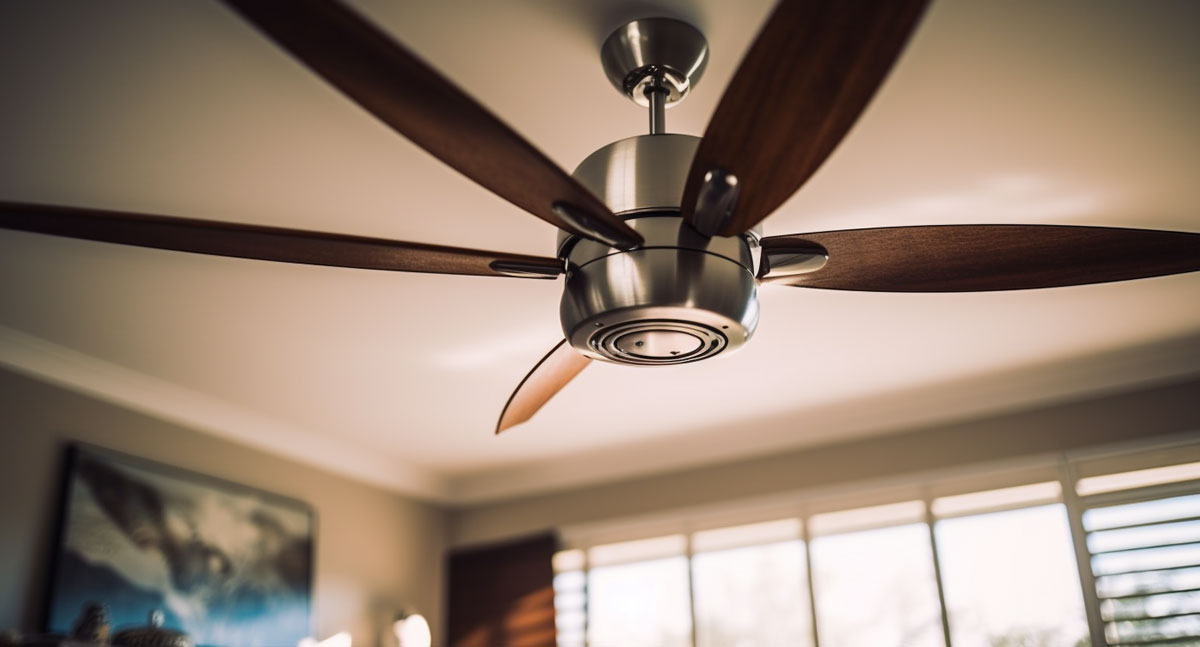
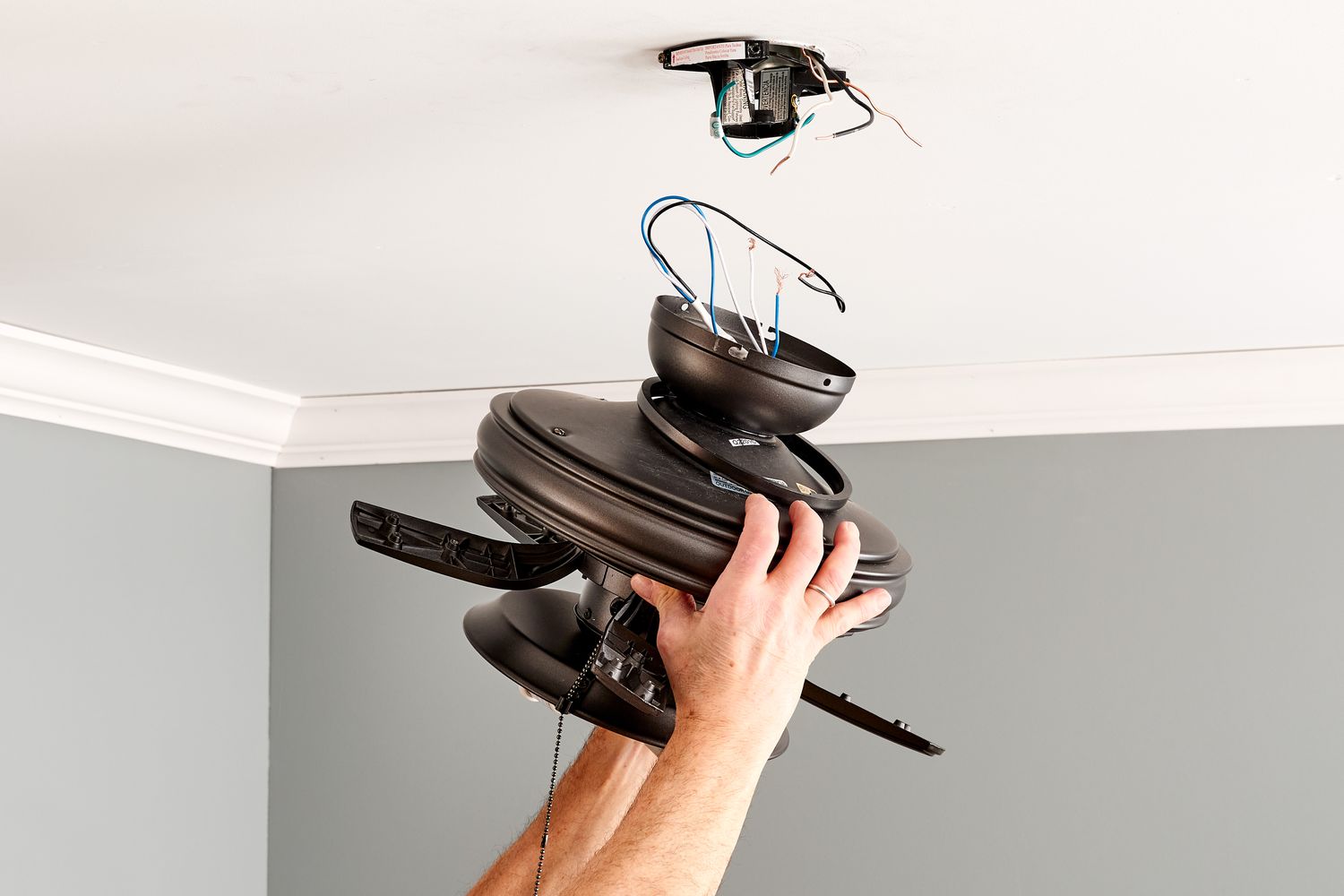

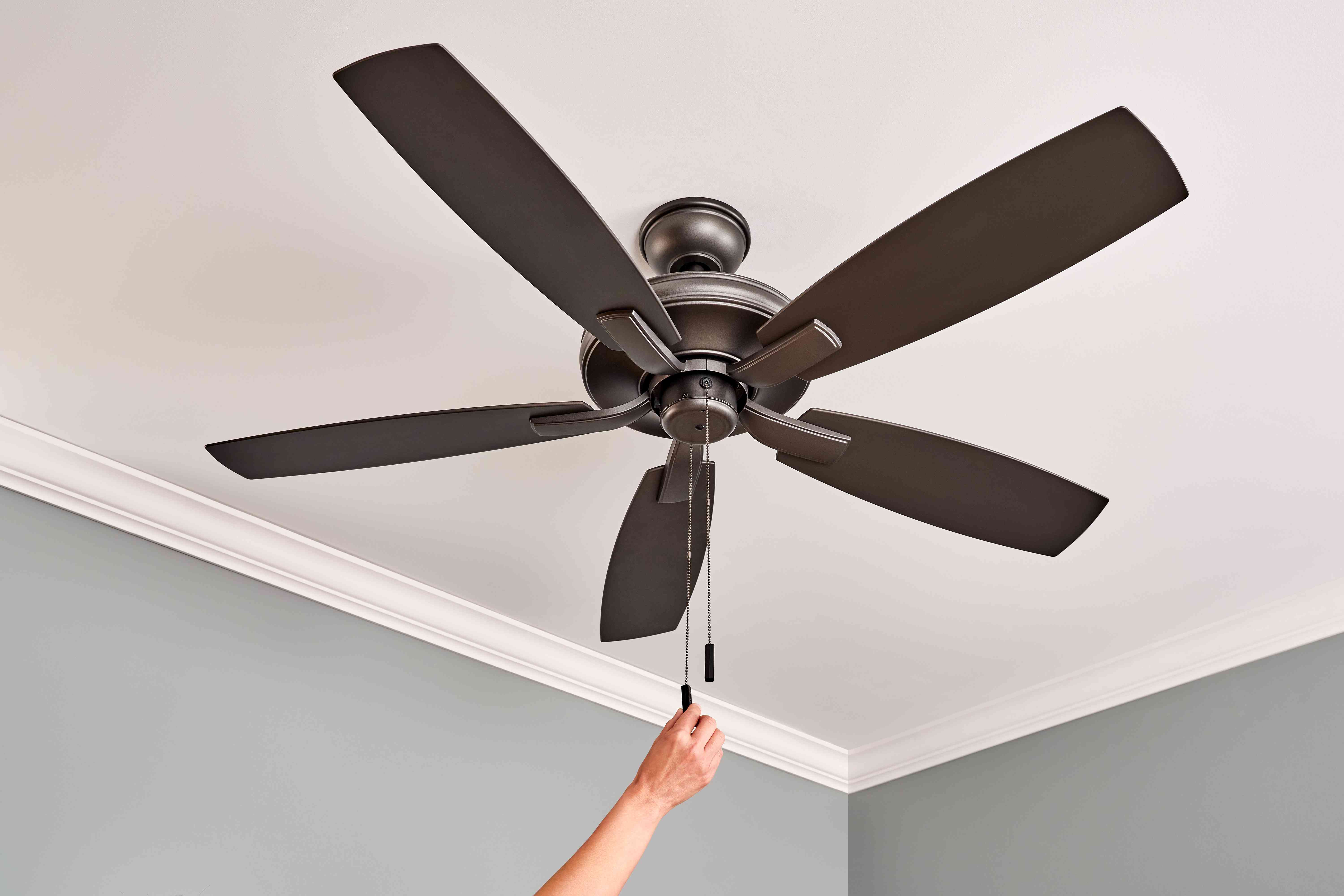
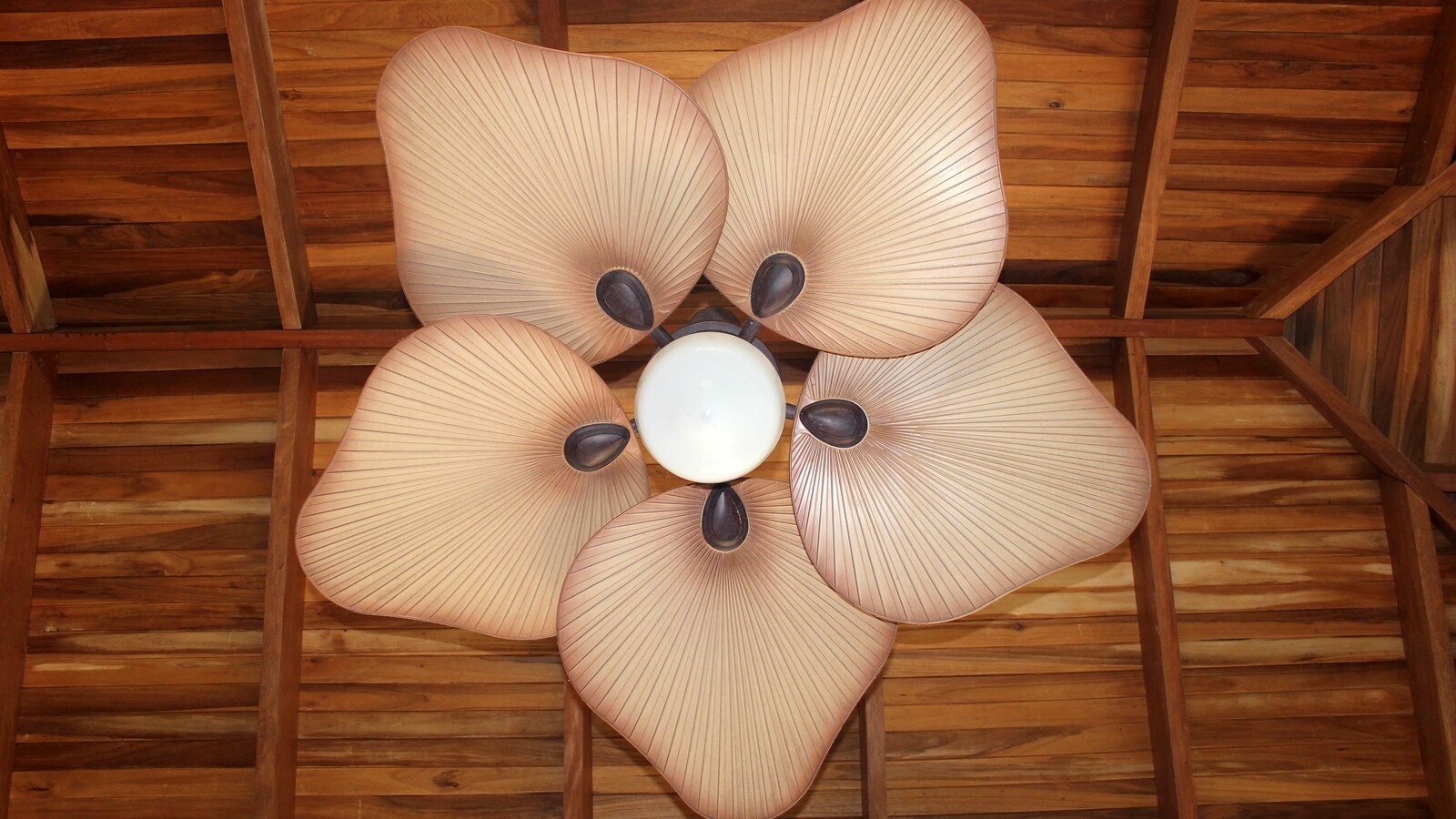
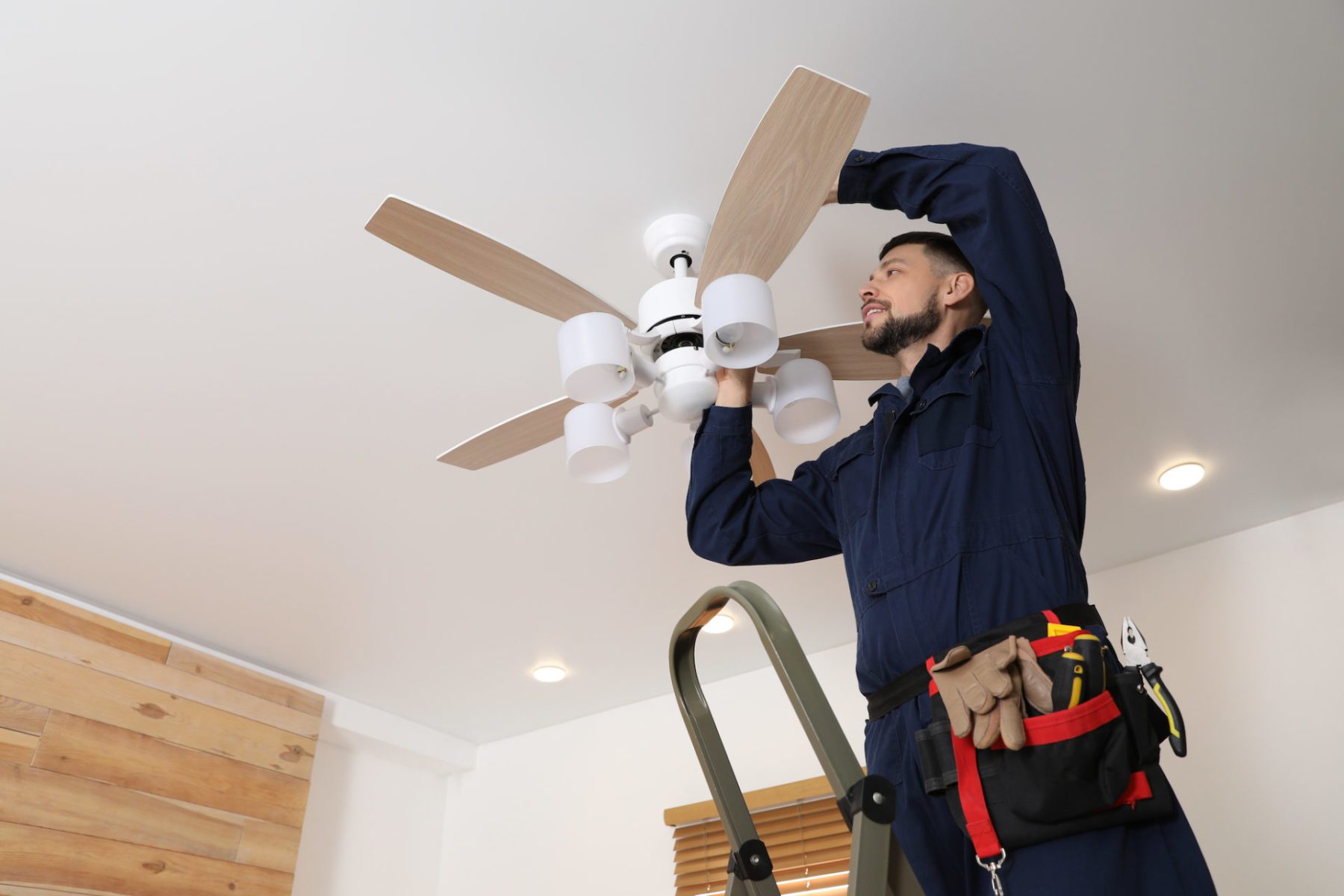
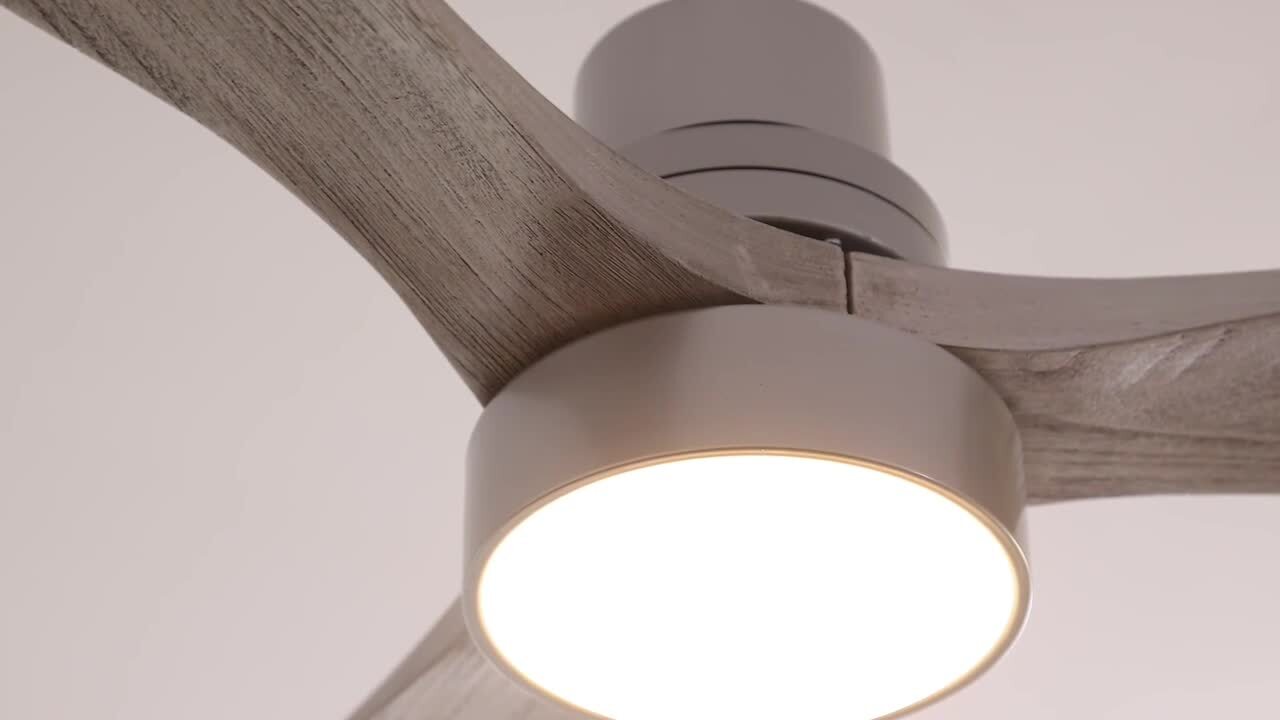
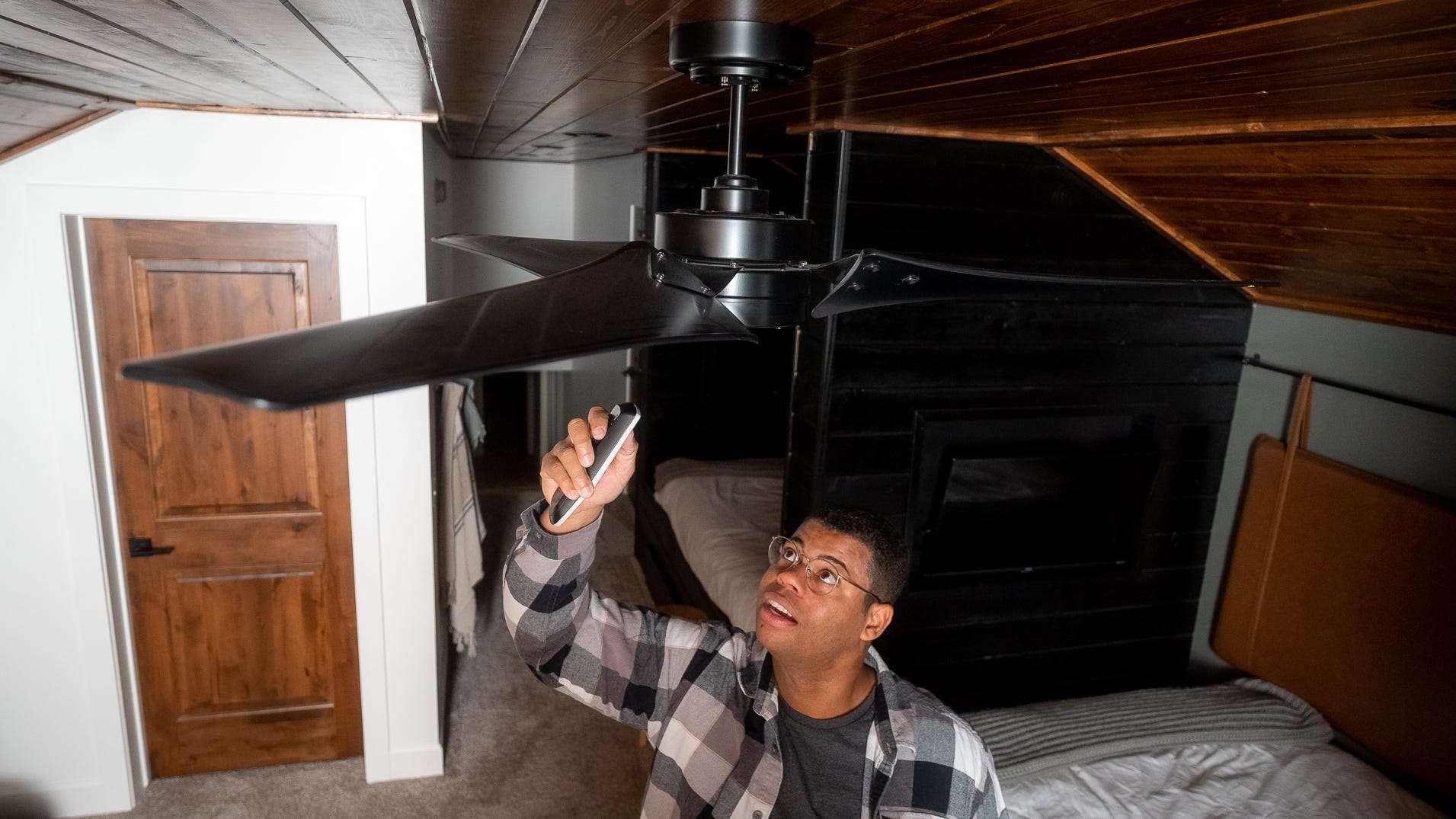
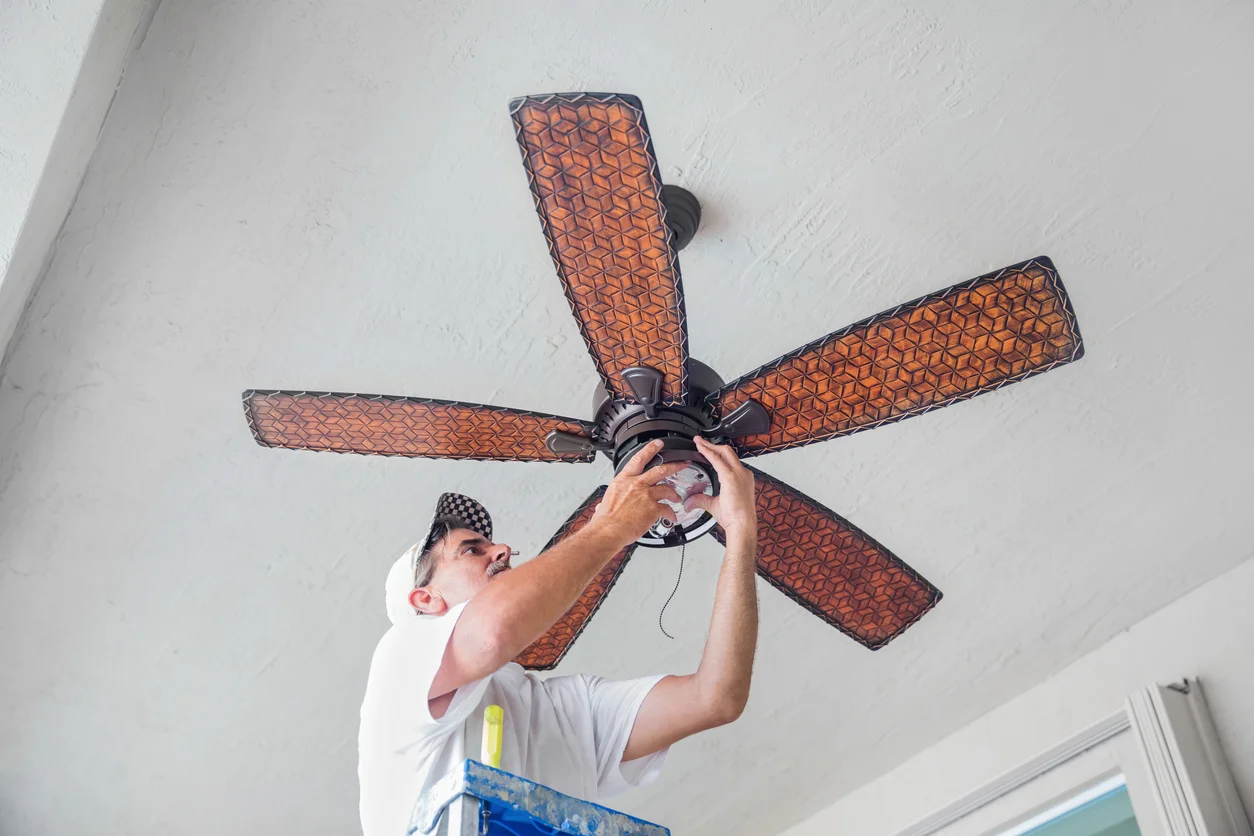
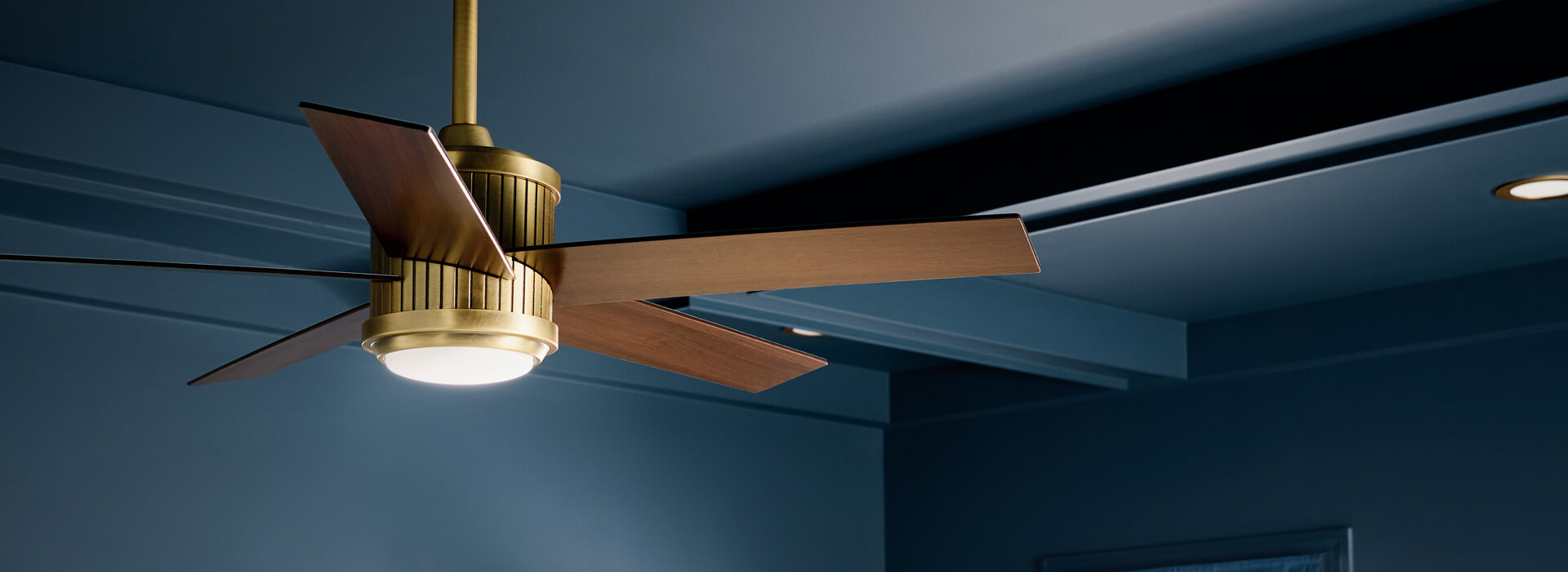
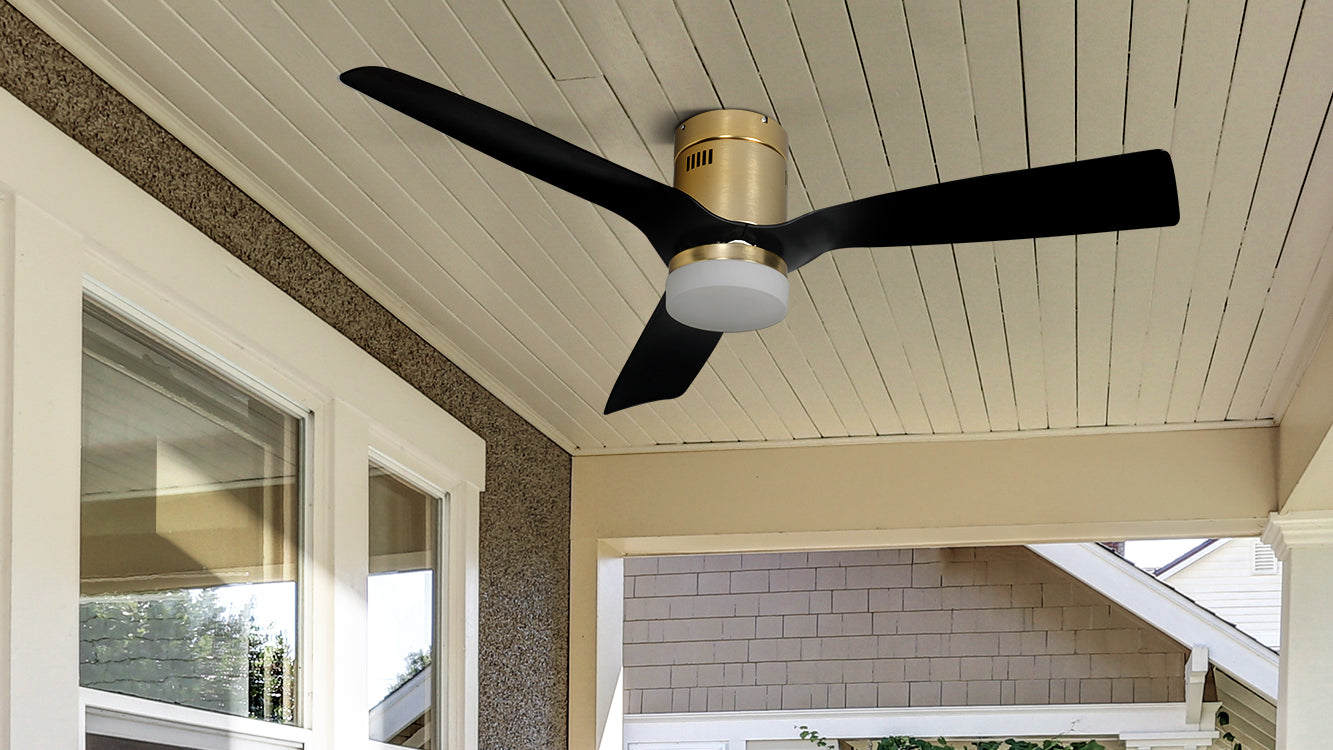
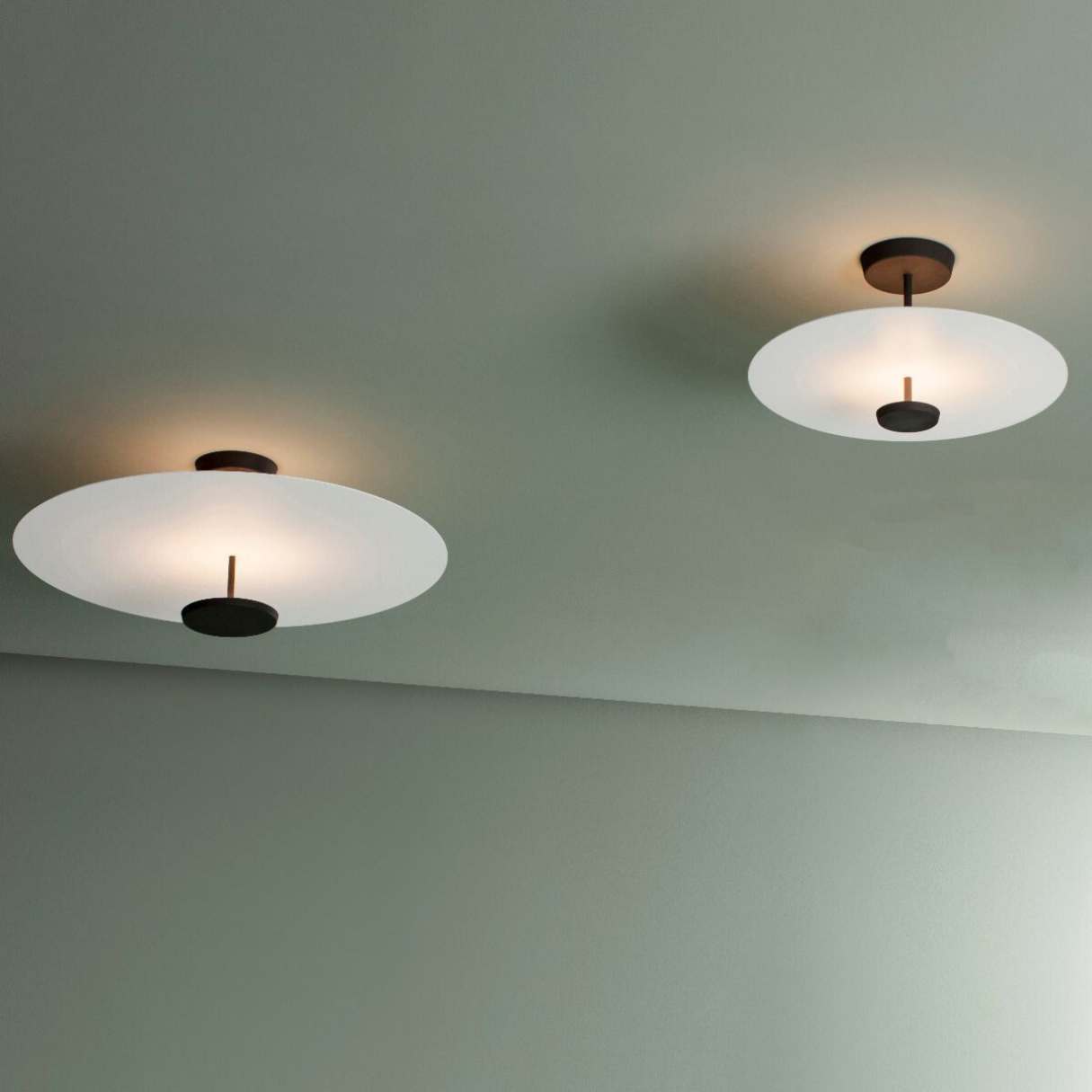

0 thoughts on “How To Buy Ceiling Fan”